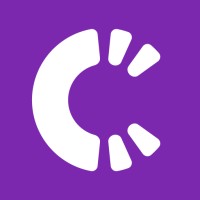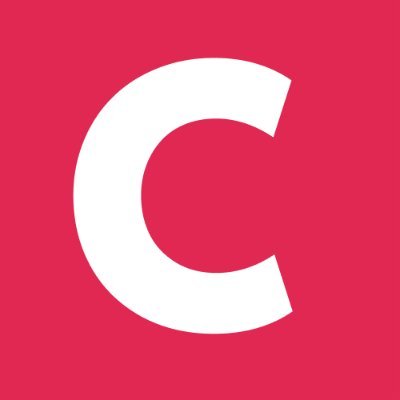PLG CRM

Product-led growth CRM or PLG CRM is changing the way customer relationships are being managed in the product-led growth world. PLG CRM can help the sales team to leverage every aspect of product usage data to help during sales pitches/conversations.
As the software industry has shifted to a product-led growth (PLG) approach to building and growing, the need for a new kind of CRM has emerged.
PLG is a new approach to CRM that looks at the full lifecycle of a customer, from the first time they show up on your website, to signing up for your product, inviting users, and expanding. It’s built on the concept of customer growth being a hill that you continue to climb rather than a funnel you fall through once. Instead of an opportunity ending when it’s closed, that’s really just the start of your relationship in a PLG world and a PLG CRM should recognize that.
What problems does PLG CRM solve?
Unfortunately, too many CRM systems are little more than a dumb database that you have to fight with salespeople to keep updated. It’s been that way for too long, and something’s got to give. At the center of the shift to PLG CRM are three big issues with the traditional approach:
- CRM was built with the expectation of salespeople updating fields. The days of sales data being updated by people are thankfully mostly behind us. Salespeople are often the most expensive employees in the organization, and lots of work has been done—not to mention a vast ecosystem of tools that have been built—to offload the data entry problem of CRM. The issue is that as those tools (think ZoomInfo and Gong) have grown, the strategic role of the CRM has shifted.
- CRM is currently too limited in how it defines a customer. For the most part, it’s a pre-sales tool used to track people and companies that have been identified as leads through to their first purchase. Unfortunately, this misses out on lots of actions in the pre-lead stages, and, particularly in a PLG world, most of the revenue growth happens after the initial purchase.
- CRM is currently too limited in how it defines an opportunity and the stages those opportunities move through. Anyone who has worked in a subscription business can attest to just how unsatisfying the CRM opportunity model is for renewals and upsells, which blew a big hole in the side of CRM as software companies sought out better answers. But then PLG adds a whole new layer, with many companies moving to volume-based pricing where it is nearly impossible to define a specific opportunity and close date.
Best Practices
Like most business systems, a PLG CRM is only going to be as good as the data available. While most PLG CRMs can pull data from a variety of sources (Customer Data Platform [CDP], Stripe, Data Warehouse, etc.), some amount of data must be in place to get value. Likewise, the better tagged and organized that data is, the easier it will be to get started with a PLG CRM.
Beyond that, it’s important to have a sense of your key go-to-market metrics and events. Having a definition for what a product-qualified lead is and the events that lead up to it and other critical sales milestones will help drive immediate value in a PLG CRM.
In addition, there are ways to further enrich your marketing and product experience to better enable sales and go-to-market teams to understand customer needs without needing to ask questions. Ensuring data from your Docs are feeding into your product signals and even designing marketing pages to better extract intent information can be important steps to getting an even richer view of your customer in your PLG CRM.
Use Cases
There are many different use cases for a PLG CRM. Here are a few common ones:
- We need better ways to see our marketing and product data rolled up at the account level.
- We want to make it easier for sales and go-to-market teams to have a real-time view into how their customers and prospects are interacting with our product and marketing.
- We need an easier way to track key product events for the whole team to see.
- We need a real-time combined view of customer data from across many systems.
- We need an easy way to transform product and marketing data into a form that is usable inside our CRM.
- We need a quantified way to forecast a customer converting or expanding that goes beyond subjective CRM sales stages.
What to look for when choosing a PLG CRM?
A PLG CRM should:
- Be easy to use for both technical/operational users and for on-the-ground sales, success, marketing, and support users who are helping to drive growth day-to-day
- Offer visibility into the full lifecycle of a prospect/customers—from the first time they interact with you to when they are your largest ARR account
- Offer real-time notifications and interactions to drive growth both programmatically and with the help of the organization
- Seamlessly fit into a company’s tools and ways of working, not just be another destination to manage things in
- Be oriented around taking action when key signals emerge
In the end, PLG CRMs are tools that should allow everyone in the organization to take part in driving customer growth.
Featured Companies
Here are some amazing companies in the PLG CRM.
Correlated's product-led revenue platform alerts you when accounts are ...

